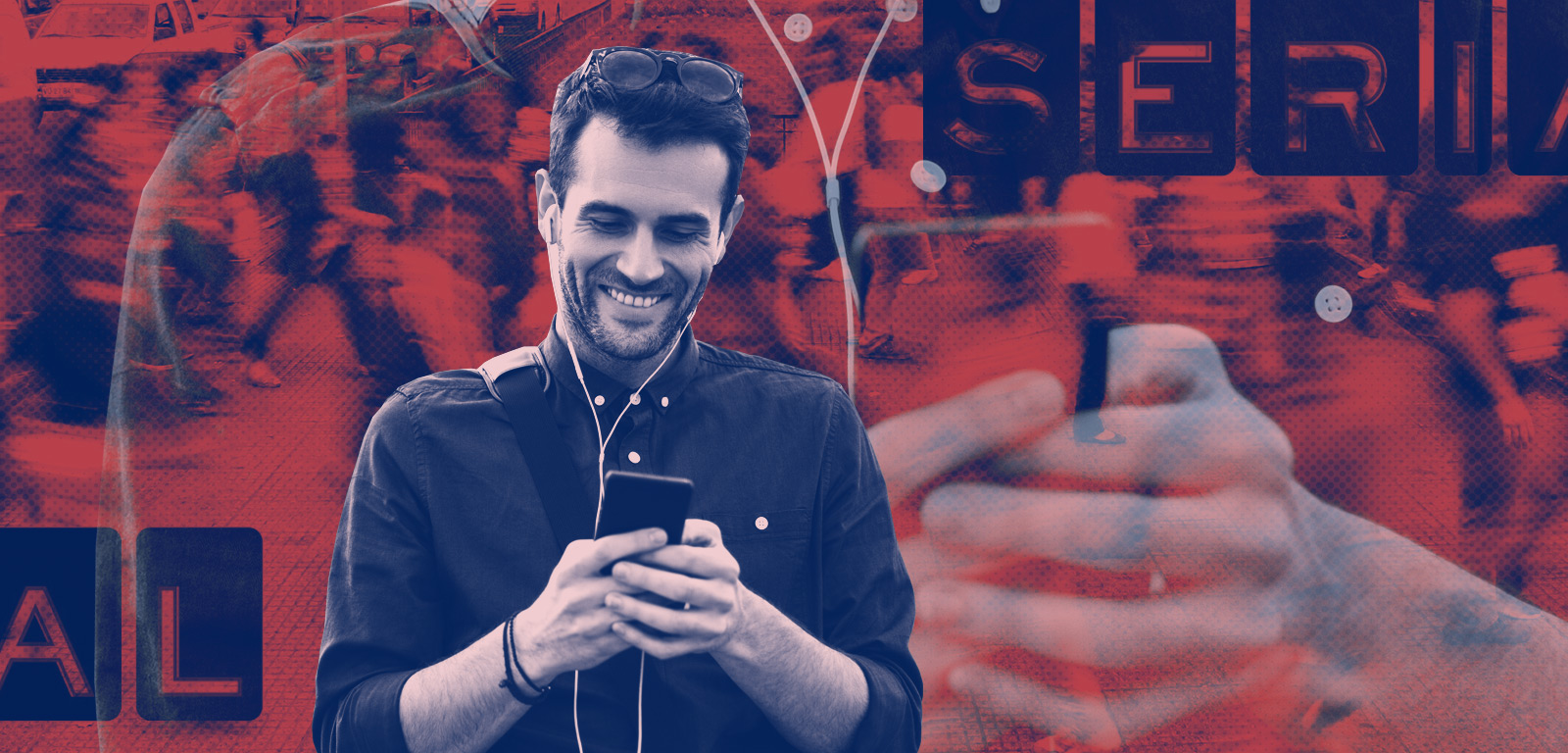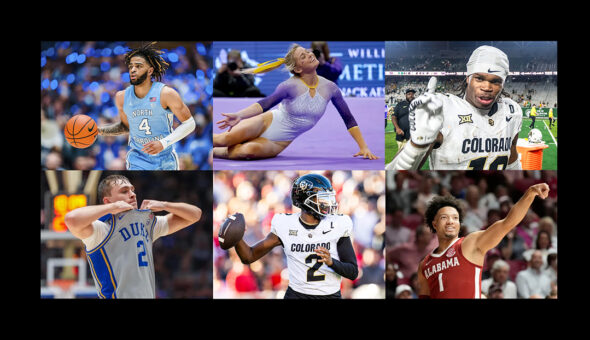How Serial Became a Breakout Hit
Content
The first season of Serial, which launched in October 2014, covered the 1999 murder of Hae Min Lee, a Baltimore teenager, as well as the trial and conviction of her ex-boyfriend, Adnan Syed. By March 2017, the first season of Serial had been downloaded 175 million times. The second season of Serial, however, which launched in December 2015 about Bowe Bergdahl, a U.S. soldier who was captured by the Taliban, was much less popular, quantitatively and qualitatively, garnering roughly 75 million downloads by March 2017. That the second season of Serial was less popular than its precursor should not be surprising. America loves a true crime mystery. In recent years, shows like 48 Hours Mystery and Dateline have experienced ratings booms. We even created a dedicated cable channel for the genre. In fact, there’s irony in that Season 2 of Serial was largely overshadowed by Netflix’s critically acclaimed documentary, “Making a Murderer,” which was also released in December 2015 and closely mirrored the format of Serial Season 1. It’s also telling that “S-Town,” a follow up podcast from the creative team behind Serial, garnered more than 10 million downloads in the first four days of its release. Wouldn’t you know it, S-Town investigated a murder mystery in a rural Alabama town.
Timing
Serial debuted in October 2014 and quickly caught fire. By March 2015, its first 12 episodes had been downloaded a total of 75 million times. But had Serial been published in 2012, I question whether those numbers would be a gaudy as they turned out to be. Podcast listenership increased 5% year-over-year among Americans 12 and older in 2014, the year Serial debuted. It increased another 2% year-over-year in 2015. Much of that jump was due to simultaneous improvements in technology. Smartphone ownership, for example, jumped from 10% of Americans in 2009 to 71% in 2015. And the rise in smartphone use, paired with improved data networks, gave birth to podcast apps like Stitcher, Overcast, and Apple Podcasts, among others. Those apps, in turn, made it immensely easier to curate, download, and stream podcasts.
Experience
As podcasting became more popular, organizations, publications, and entrepreneurs flooded the airwaves, producing podcasts meant to generate ad sales, acquire talent, and build brand awareness. The problem for many content creators at this time was that they were novices. First-timers. Zero experience. When you get involved in a media that relies on audio, you need to be good behind a microphone, and for too many of these early content creators, they weren’t. But Sarah Koenig, the host of Serial, was different. Koenig was a journalist by trade, and a producer at NPR for “This American Life” since 2004. That means that before launching Serial, Koenig had nine years of experience with radio and even more experience as a journalist. And it showed. Koenig was fantastic behind the mic. She knew when her role was to simply guide listeners along the story and when it was appropriate to launch into one of her patented monologues, reminding listeners that she also didn’t know how this story was going to end or even where she fell on the innocent-or-guilty decision. When you put everything together, you end up with a talented journalist with close to a decade of experience producing audio, investigating a true crime mystery in podcast form, at the exact moment that podcasts were becoming easier to consume. So yeah, Serial became a hit.
You Don’t Need To Create the Next Serial
For all of the reasons detailed above, odds are that you aren’t going to produce the next Serial. But here’s the thing, and this is important: you don’t need to. You see, Serial was designed to reach the maximum number of earbuds, thus generating awareness for NPR and its mission, as well as generate revenue for the non-profit through advertising. But that’s not your goal.
Finding the Purpose Behind Your Podcast
Often, failure in podcasting, or any new marketing initiative for that matter, comes from chasing a shiny new toy. “I like listening to podcasts on my drive into work, so we should start our own.” or “Do you listen to This American Life? We need to start a podcast.” are terrible reasons for starting a podcast. Instead, take a good long look at your marketing mix and how those strategies and tactics are accomplishing key institutional goals. Then identify gaps. Where are your current initiatives falling short? What is the audience that you’re failing to reach currently? Where are you spending too much time and money for the return you’re seeing? It’s there that a podcast fits. Your podcast needs to have a purpose — your podcast’s purpose guides every subsequent decision you make about your show, like it’s format, cadence, and audience. And keep in mind, when defining success, the ultimate goal may not necessarily have anything to do with the podcast itself. Maybe your student body isn’t as diverse as you’d like it to be, and your goal is to increase diversity by 20% in the next three years. Well, perhaps a podcast series highlighting the diversity of your current student body will help prospective students see themselves on campus. Or, perhaps you’re in the silent phase of a capital fundraising campaign. Again, a podcast might serve as the method through which you increase awareness for campaign priorities and help court prospective donors. Do you notice anything about the above two examples? In both cases, podcasting is a means to an end, rather than an aimless endeavor. The podcast isn’t about getting to a certain number of downloads. It’s about accomplishing a tangible business goal. Those last two sentences are worth reading again. Because that’s how you create a successful podcast while avoiding the trap of trying to compete with podcasts shows and series that you’re never going to compete with from a popularity perspective. Podcasts like Serial, This American Life, Radiolab, and others became podcast classics through a fortuitous combination of factors, many of which are unlikely to repeat themselves again. But instead of worrying about them as competition, consume them, use them as inspiration, and then apply those lessons to a podcast of your own that finds its niche and accomplishes key institutional goals. Your podcast isn’t going to be the next Serial. But that’s OK. Interested in podcasting, but not sure where to start? Download the eBook to find out how to launch a branded podcast that will delight listeners and achieve organizational goals.








